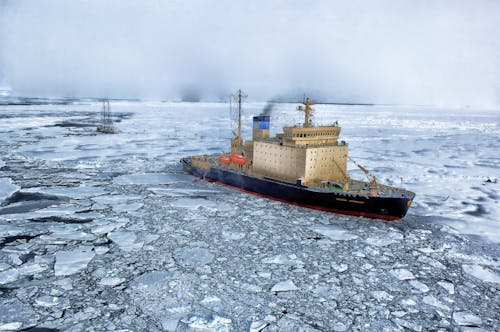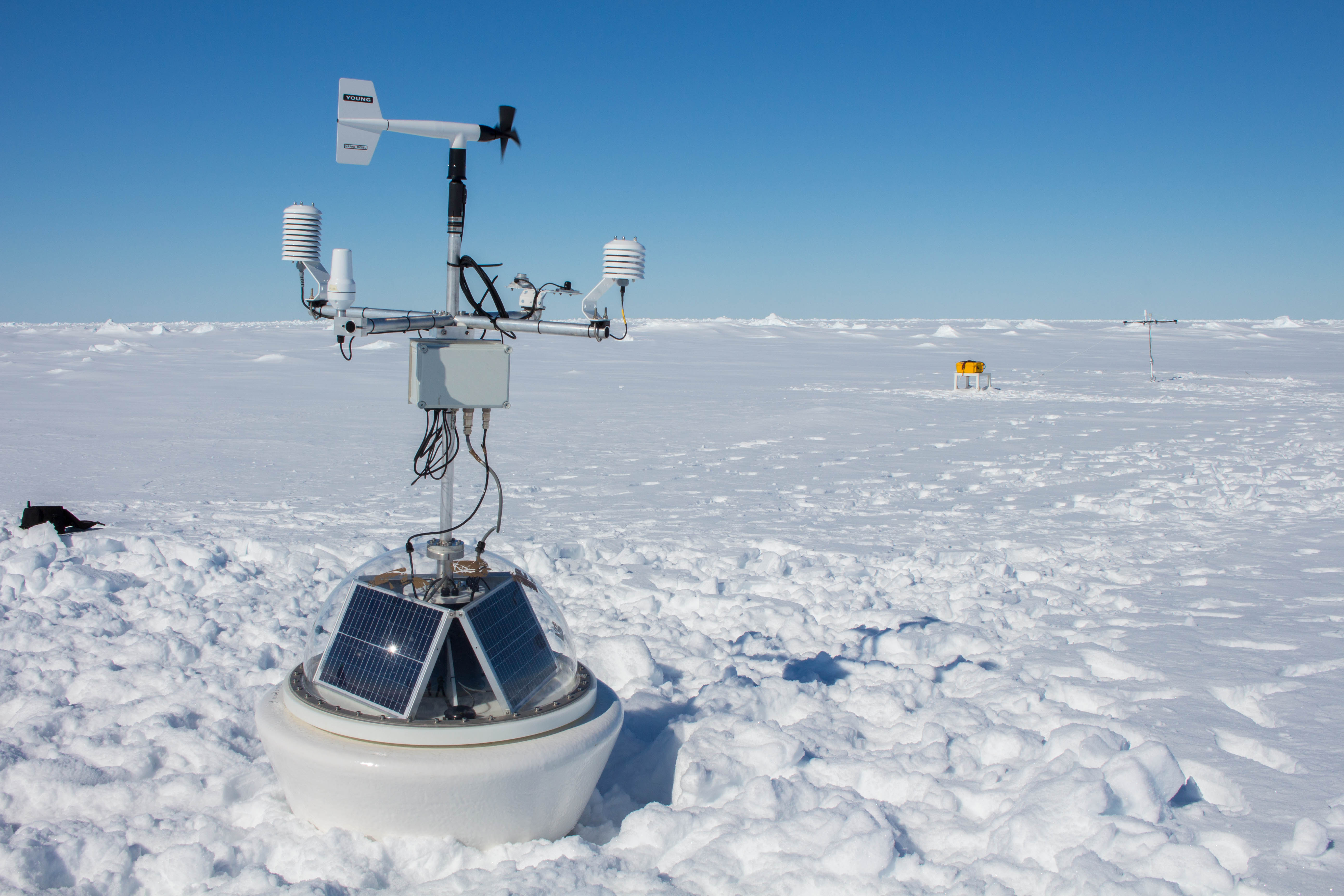About SATEG Corporation
We are committed to sustainable energy solutions using Scalable Antarctic Thermoelectric Generators (SATEG) designed for extreme environments. Our mission is to enable year-round power generation for remote operations.
We are committed to sustainable energy solutions using Scalable Antarctic Thermoelectric Generators (SATEG) designed for extreme environments. Our mission is to enable year-round power generation for remote operations.
Explore the groundbreaking capabilities of our Scalable Antarctic Thermoelectric Generators (SATEG), capable of providing continuous power in harsh environments like Antarctica. SATEG's innovative technology led to its selection from over 1300 companies to interview directly with NATO in the final round of their DIANA Accelerator pilot challenge.
The SATEG (Scalable Antarctic Thermoelectric Generator) harnesses the power of natural convective circulation to generate electricity without moving parts, directly from temperature gradients in the environment.
This breakthrough technology is designed to operate autonomously in remote environments, such as the Antarctic, making it ideal for energy production in extreme, off-grid conditions.
When there is a temperature difference between the thermoelectric material and its environment, it creates an electric current through the Seebeck effect, enabling power generation.
Thermoelectric materials are surrounded by air or fluid at different temperatures. This difference generates natural convection currents, which drive heat transfer and enhance the energy conversion process.
Unlike traditional generators that rely on mechanical parts, SATEG runs without moving parts, making it ideal for low-maintenance, silent, and long-term operation in remote locations.
The SATEG system works seamlessly in harsh environments, relying on natural temperature gradients to generate sustainable energy with minimal environmental impact.

Delve into the depths of the oceans to discover new marine life, underwater ecosystems, and geological formations.

Conduct experiments and studies in the marine domain, expanding human knowledge and technological advancements.

Provide reliable communication solutions for remote regions, such as research stations and deep-sea missions.

Analyze environmental factors such as air and water quality, biodiversity, and pollution levels to support conservation efforts.